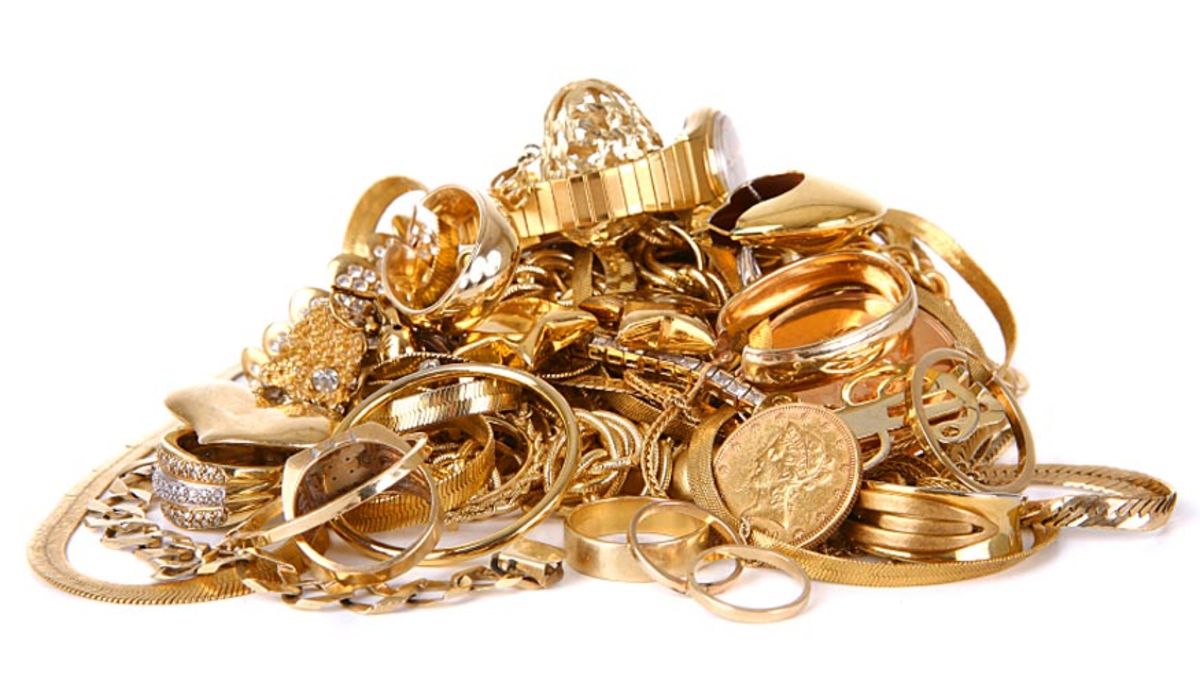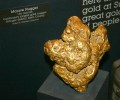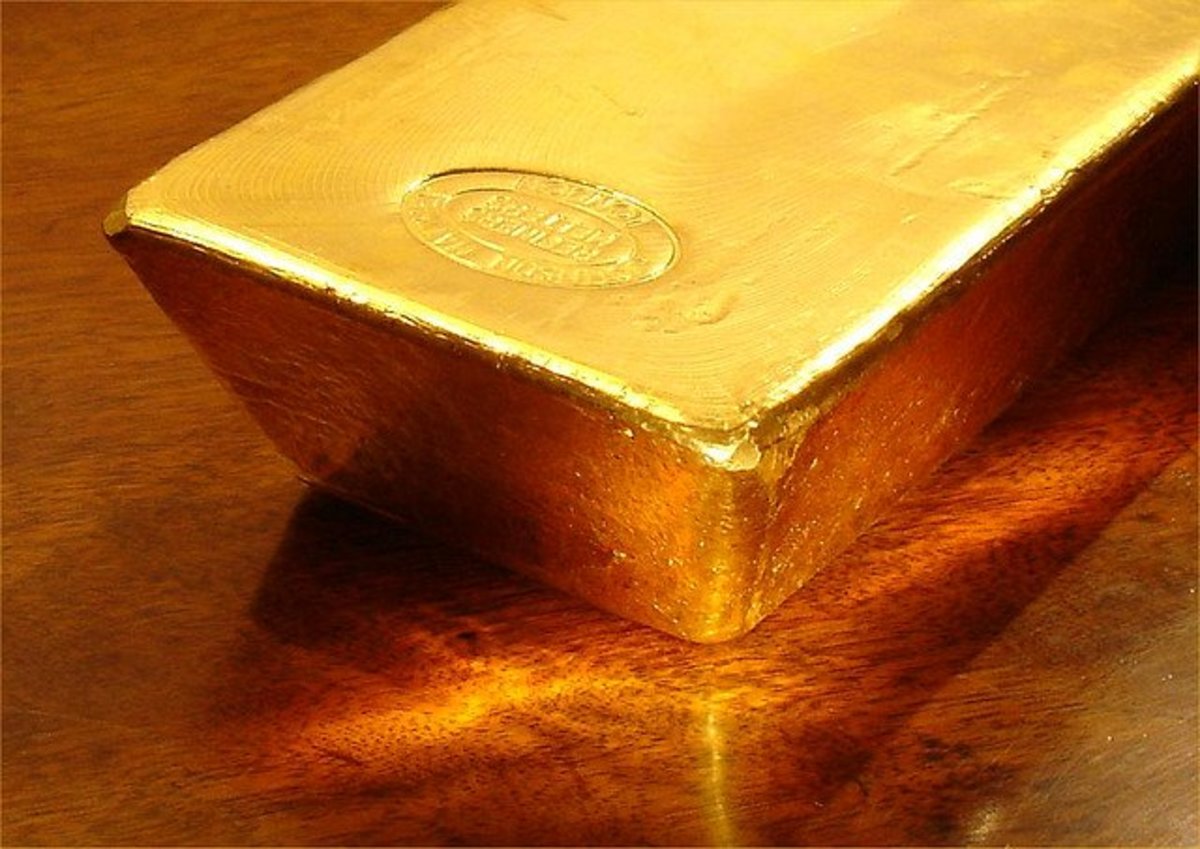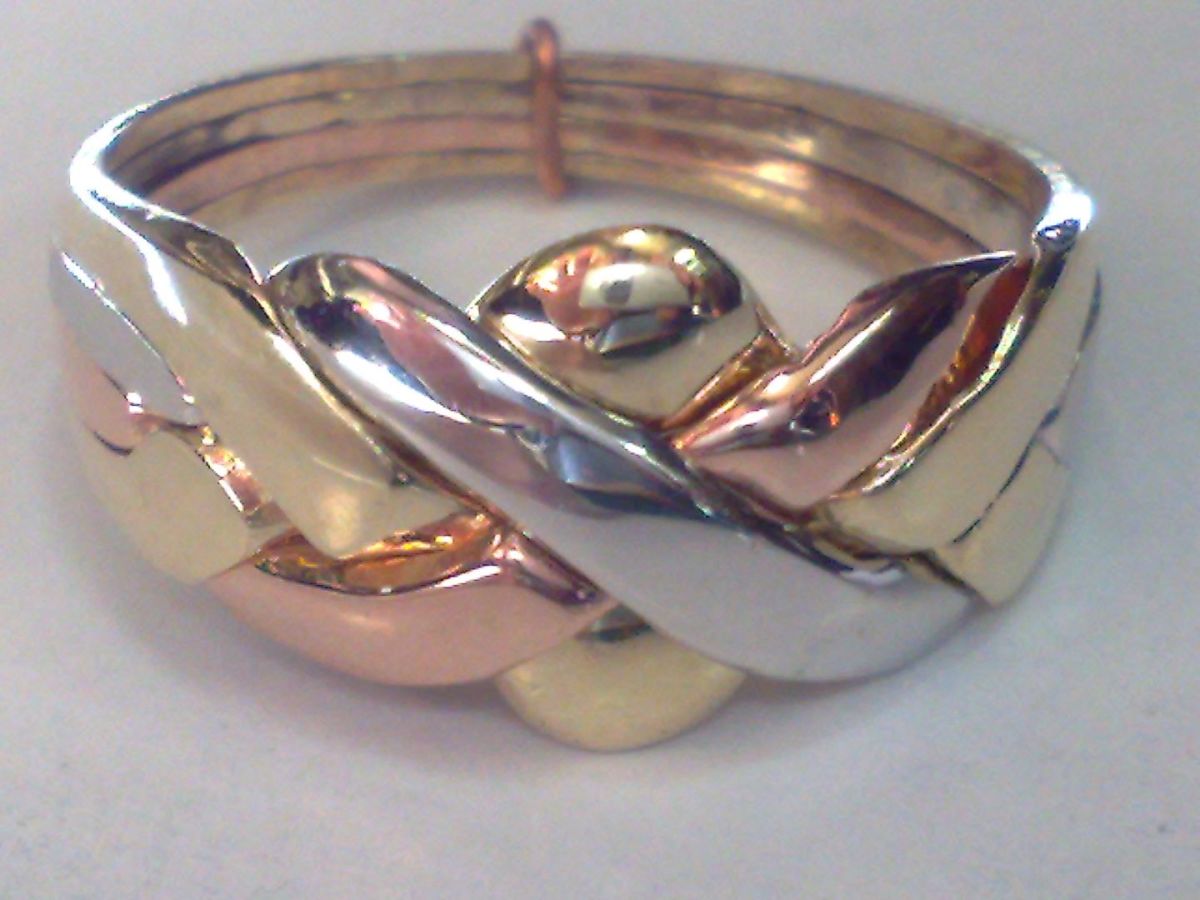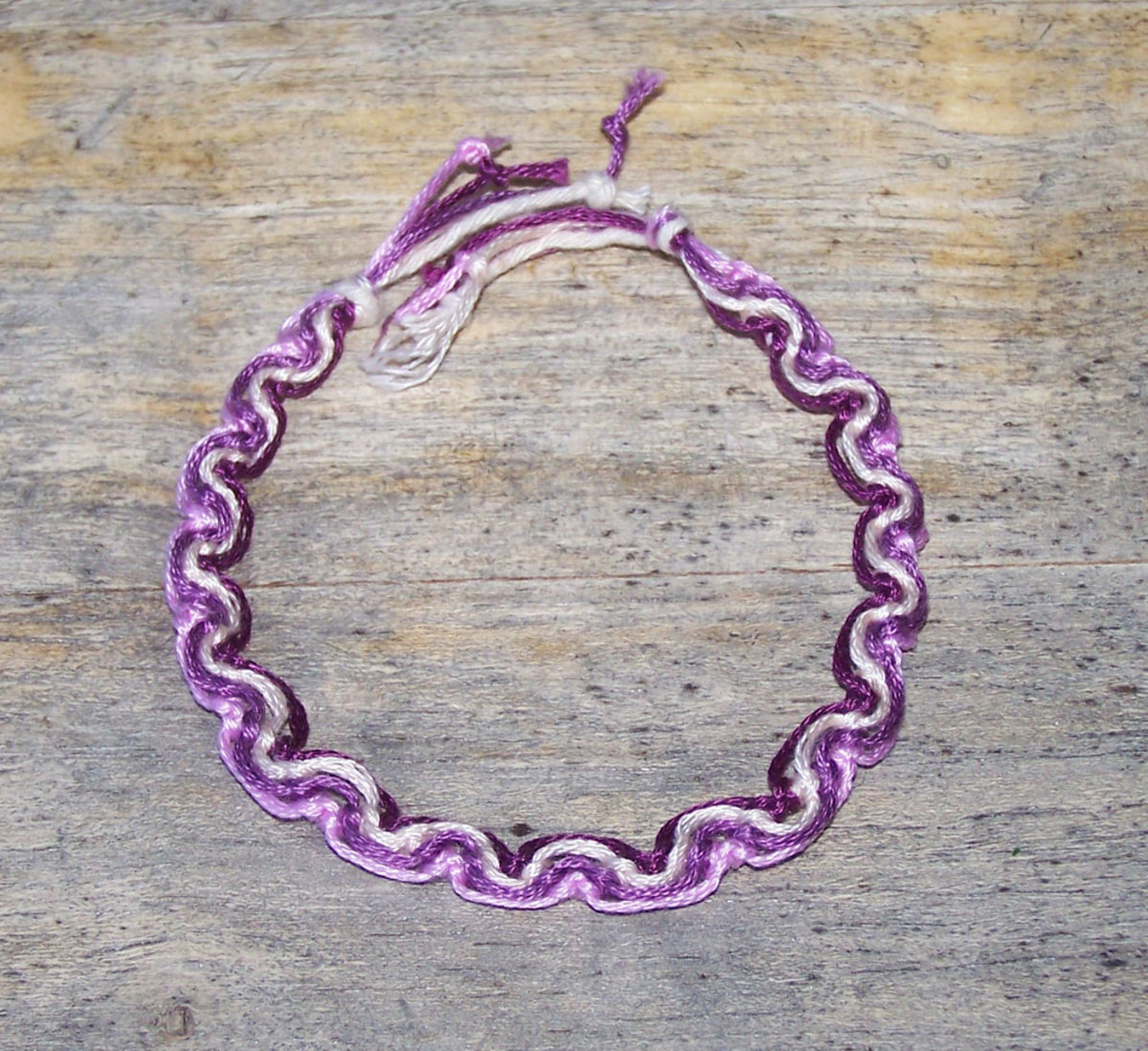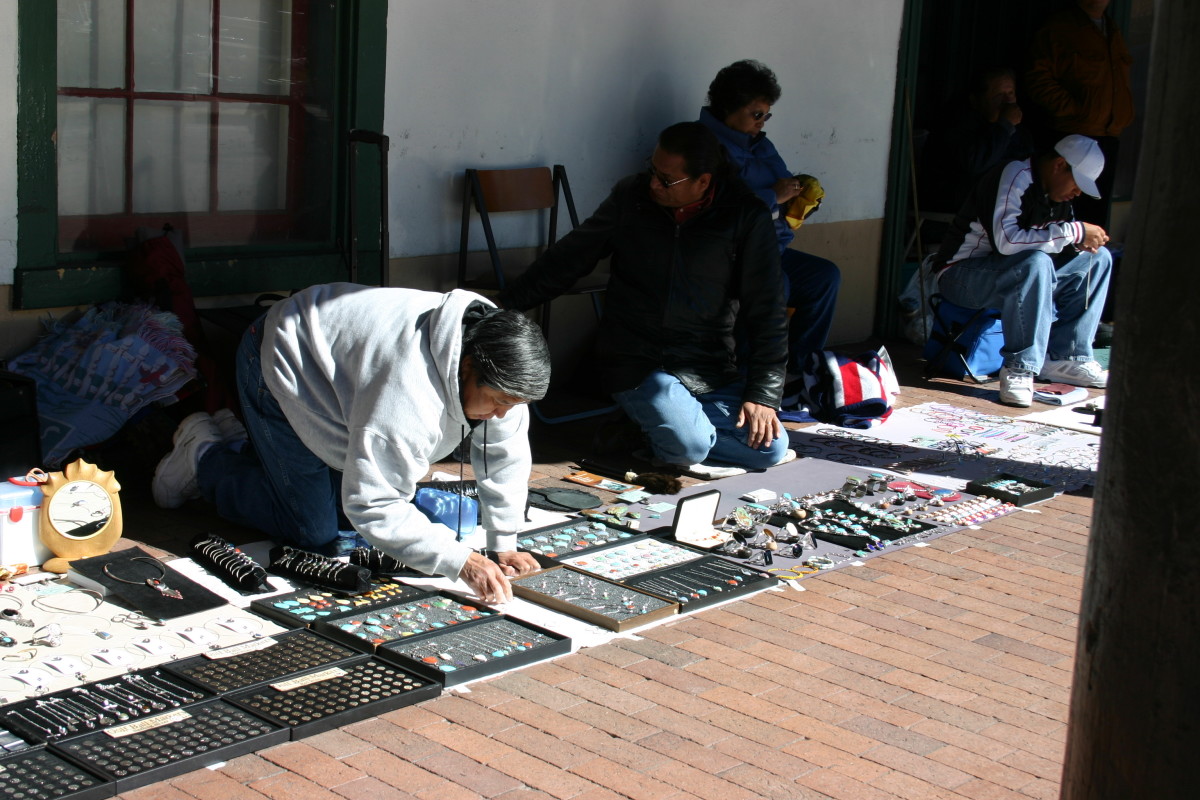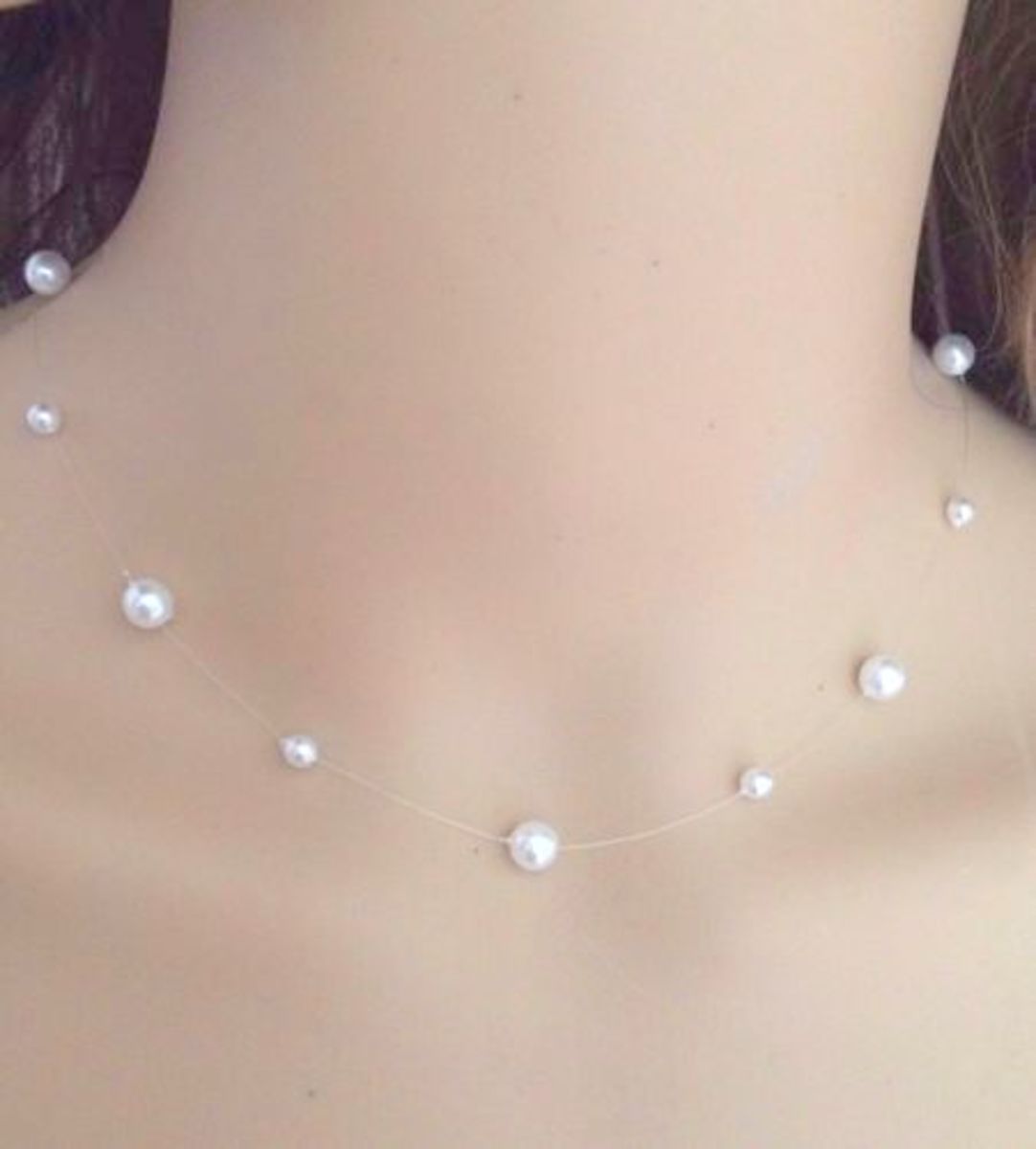How to Clean Gold Jewelry
This hub is part of a series on jewelry. If you're interested in more info on how to test the authenticity and properly care for your jewelry, make sure to check my other hubs on the matter:

Gold jewelry isn't only something to enhance your aesthetics and provide a status symbol, it is a serious investment, as the world economy still relies on gold as the standard basis of value, and that isn't changing anytime soon. This is where the term "gold standard" comes from, after all.
As such, this means that taking proper care of your gold jewelry literally means taking care of an investment, Despite being known as one of the few metals that basically never tarnish, due to its exceptionally stable molecular structure, gold is still a very fragile metal overall, and is often encrusted with gems and adorned with details that can easily wear out without proper care.
This hub aims to provide a guide on easy ways to prevent damage to your precious gold piece, and also to restore those that have already been subjected to some wear and tear.
WARNING: these methods should only be used with solid gold jewelry. While these techniques can work well with gold plated jewelry, its recommended you do not try these without asking for advice from professional jeweller, as the gold plating can get damaged or even come off completely, depending on how the plating was done.
Cleaning Gold
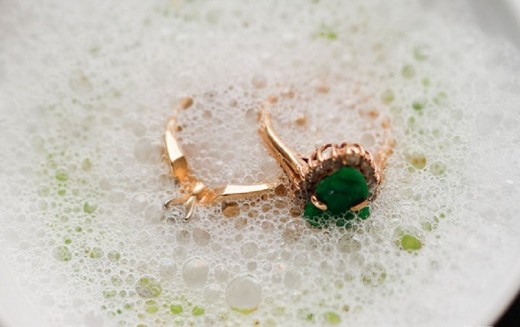
While gold doesn't really tarnish, it can get dirty rather easily, specially if the jewelry piece has lots of nooks and crannies where dirt and find its way in, and while it doesn't actualy completely loose its shine, you may have noticed that, after a while, gold tends to get a bit less shiny.
The most basic step in taking care of your gold jewelry is cleaning it properly. This can be done in a few simple steps. For this, you'll need:
- a recipient for water big enough for your gold jewelry;
- a piece of lint free soft cloth;
- a soft bristle toothbrush;
- regular transparent dishwashing soap.
- First, take a bowl (or any recipient big enough so that you can completely immerse your gold piece in water once its full) and fill it with mildly warm water;
- Mix some regular dish washing soap with the water. You don't have to use a lot, one part dish washing soap for every ten parts of water works fine;
- Soak your gold piece on the soapy water for about 10 to 20 minutes, gently moving it under the water so the soap can get into the nooks and crannies of the piece;
- During the soaking process, use the toothbrush to pick at the nooks and crannies of the gold piece, to recome any dirt that may have found its way in;
- After a while, take your gold piece out of the water and remove the excess water from its surface a soft piece of cloth, and then let it dry completely in a well lit and ventilated place for about 15 minutes.
For quick reference, here's a video detailing this method:
CAUTION
- Try to use plastic, glass or silicon containers to soak your gold piece in, as ones made from metals or ceramic can end up scratching your gold jewelry if there's contact between the piece and the recipient's surface. Gold is a rather fragile metal and things such as unglazed ceramic can easily scratch it, so be careful!
- For safety, use only normal, transparent dishwashing soap instead of specialized products, such as grease removal soaps. You can also use baking soda and vinegar if your gold piece doesn't have any pearls or gems encrusted into it, but otherwise stick to simple dishwashing soap.
- Additionaly, the water should NOT be too hot, specially if your gold piece has gems in it. Some gemstones do not react well to sudden temperature change, and the hot water can weaken the glue that is sometimes used to secure gemstones and pearls to gold.
- Pieces of jewelry that have gems or other things glued to it should not be submerged in water. Instead, just rinse it lightly with the warm water.
- Wash one piece at a time! No need to rush. Trying to wash multiple pieces at a time may cause them to come in contact with each other and possibly cause scratches and other kinds of damage.
Alternative Methods
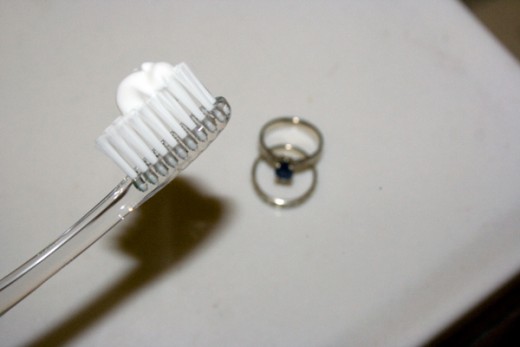
There's several methods and items you can use to clean your gold jewelry, but the safest and easiest way to clean a gold piece is the one I listed above. These methods can work very well, but are generally a bit less safe and less effective than the method described above, so use these at your own risk:
Toothpaste
- Belive it or not, your toothpaste actualy works pretty well to clean gold jewelry. Not any kind of toothpaste is good for this, though, and some may actualy damage your piece if you rub it too much. Try to use white, non abrasive toothpaste that has no particles in it;
- Take about an inch of toothpaste and mix it with two spoons of water. This should create a light, slightly foamy paste. Put some of it on a soft bristle toothbrush and use it to clean your gold jewelry;
- Rinse after done and dry it with a soft, lint free cloth.
Ammonia
- If you happen to have some pure ammonia on hand, you can use it to clean your gold jewelry. This works as a good way to clean your gold on ocasion, but do not use this method frequently, as the ammonia can end up creating stains if its used too much;
- Soak your gold piece on ammonia for 10 minutes and then brush it lightly after, making sure to rinse it with a lot of water once you're done to remove any traces of ammonia;
- DO NOT use this method if your gold jewelry has platinum or pearls in it, since those materials can react with the ammonia and get damaged.
For jewelry with pearls or gemstones glued to it
- For pieces with glued gemstones and pearls, just use a moist cloth. Rub the gold piece softly with the moist cloth to remove any dirt you can find. Cotton swabs are perfect for this. Simply dry it with another cloth once you're finished.
Rubbing alcohol
- Rubbing alcohol can work well, but you need to take some precautions first. If your gold jewelry has some pieces of acryllic or some other type of plastic in it, don't use rubbing alcohol as it can discolor or create cracks in those pieces. If your gold jewelry has gemstones in it, be careful when using alcohol because some semi precious stones are often covered with an organic coating to maintain their shine, and the alcohol can remove that coating. Precious stones such as rubies, sapphires and diamonds are completely safe, however;
Using a Jeweler's Cloth
This is where things get a little more in-depth. If you really want to make your jewelry look brand new, you'll want to use some of these methods. Be warned, however, that these methods need to be used with care, but when used properly, they can even remove scratches from your jewelry.
When in doubt, you should always contact a professional jeweler.
Using a jeweler's cloth:
- A jeweler's cloth is a special cloth that has mild abrasives set into it that allow it to be used to give an amazing polish to your jewelry. While there are silver and gold jeweler's cloths, you can use the silver one to clean gold without much trouble;
- You'll notice the cloth has two layers, an outer layer and an inner layer. The inner layer is used for removing tarnish from silver, and since we're cleaning a gold piece, this doesn't help us much, but you can still use it to give your gold piece a beautiful shine. Just wrap the cloth on your gold piece and then simply (and gently) rub it along the surfaces with repeated motions, giving it a look every 10 seconds or so of rubbing. Once it seems shiny, stop rubbing;
- If you notice a black mark on your cloth, don't worry, its likely that is caused by trace amounts of gold oxide;
- Once thats done, use the outer layer of the cloth to give it a lat bit of rubbing. This will make it even shinier. Try to rub it for about the same amount of time;
Once the piece looks good to you, simply stop. Its important to not use the cloth too much or rub too strongly, as it can end up removing tiny piece of gold dust from your piece. You should also avoid using the cloth to rub any gemstones on your gold piece, as some can get scratched due to the mild abrasives build into the cloth.
Here's A Quick Example On How to Use the Cloth
Final Notes
Remember people, nothing beats the work of a professional, so if you think your gold jewelry needs special care, just take it to a jeweler. Jeweler have more tools and techniques available to them than you at your home, and if something bad happens to your jewelry, hey, at least it won't be your fault and you'll have someone to sue!
But hopefully that won't happen.


